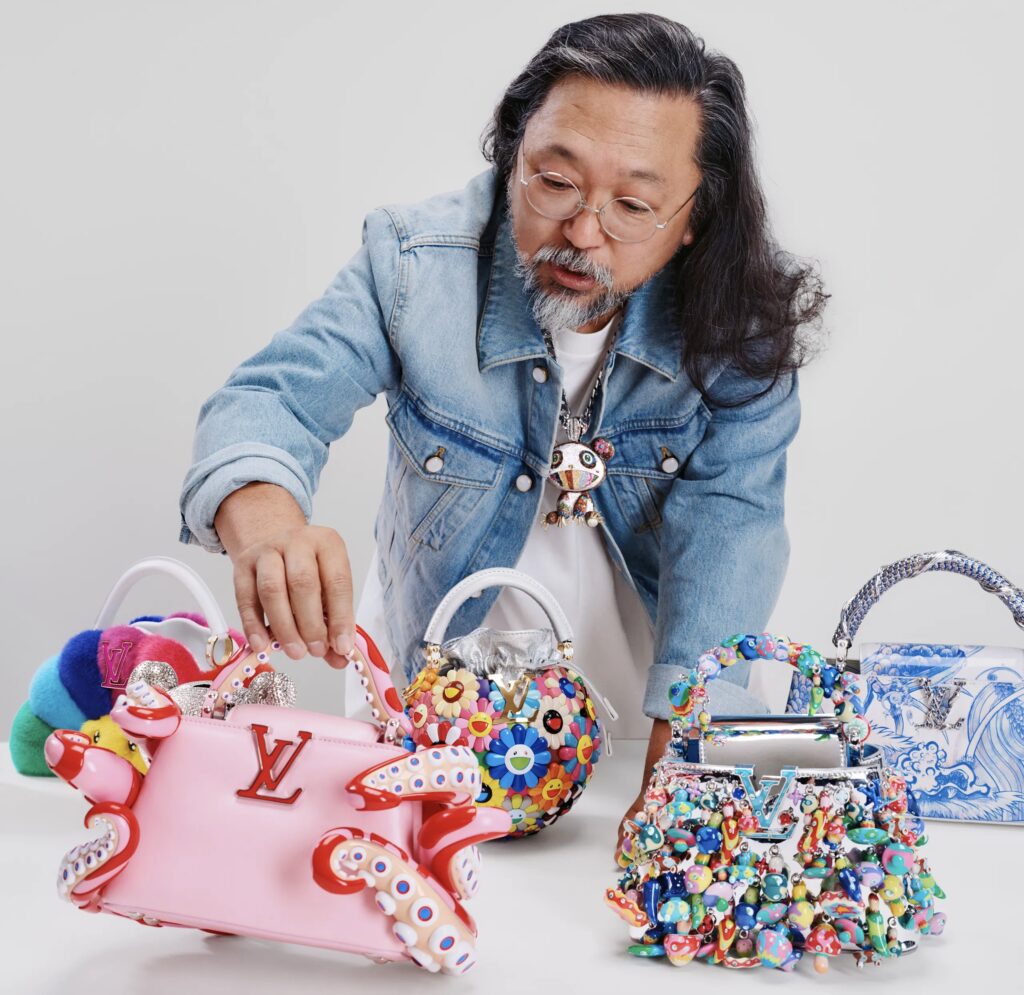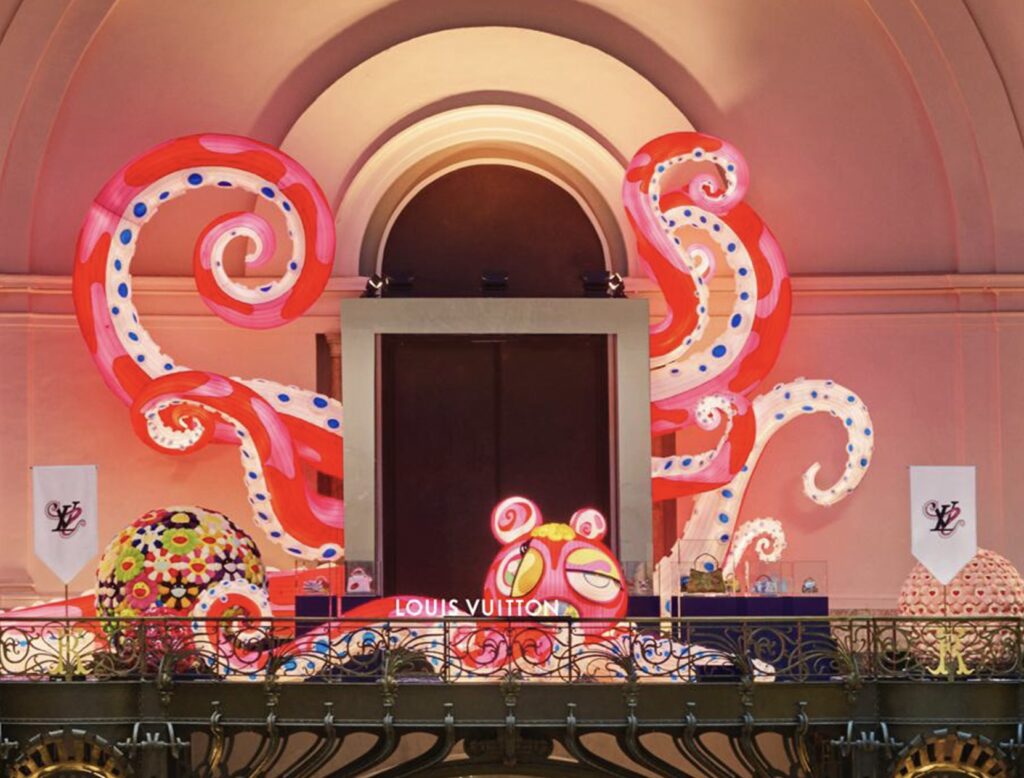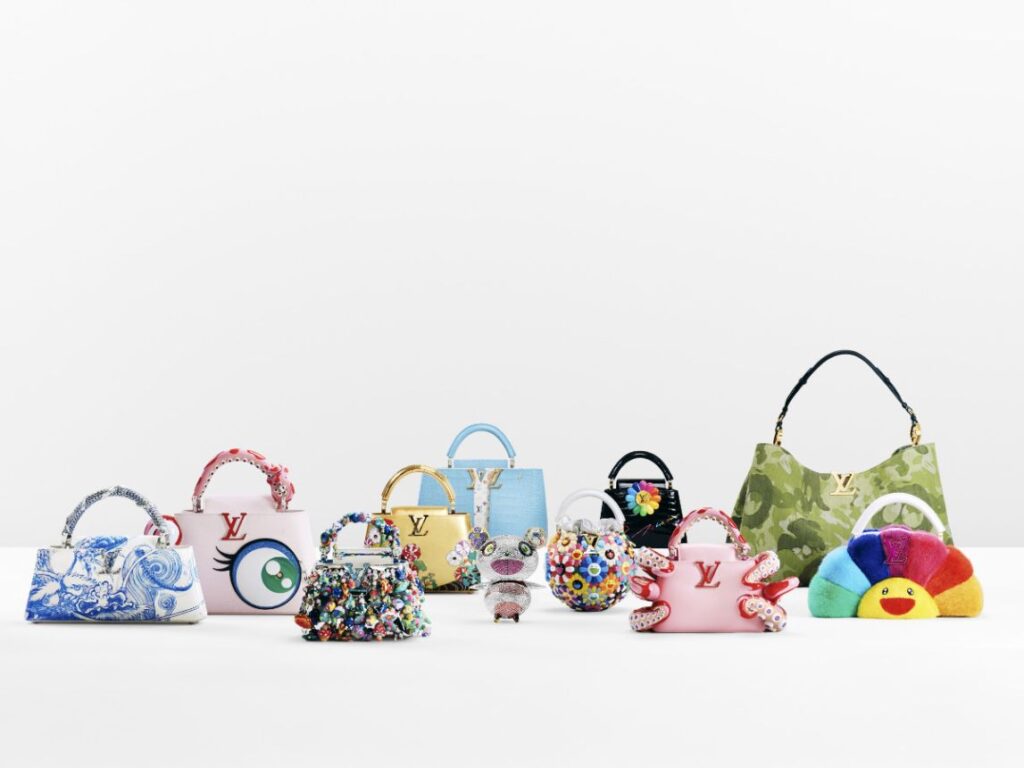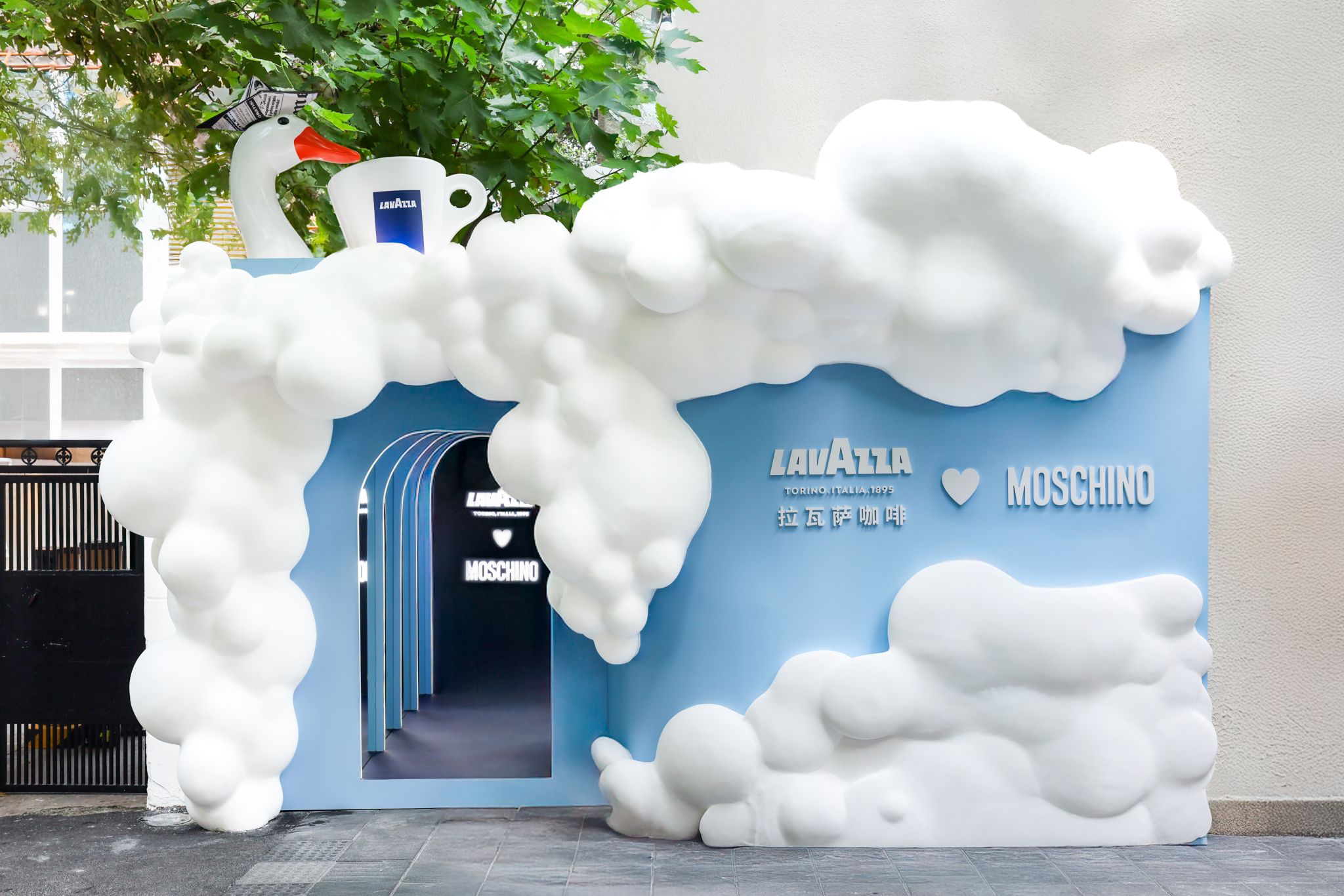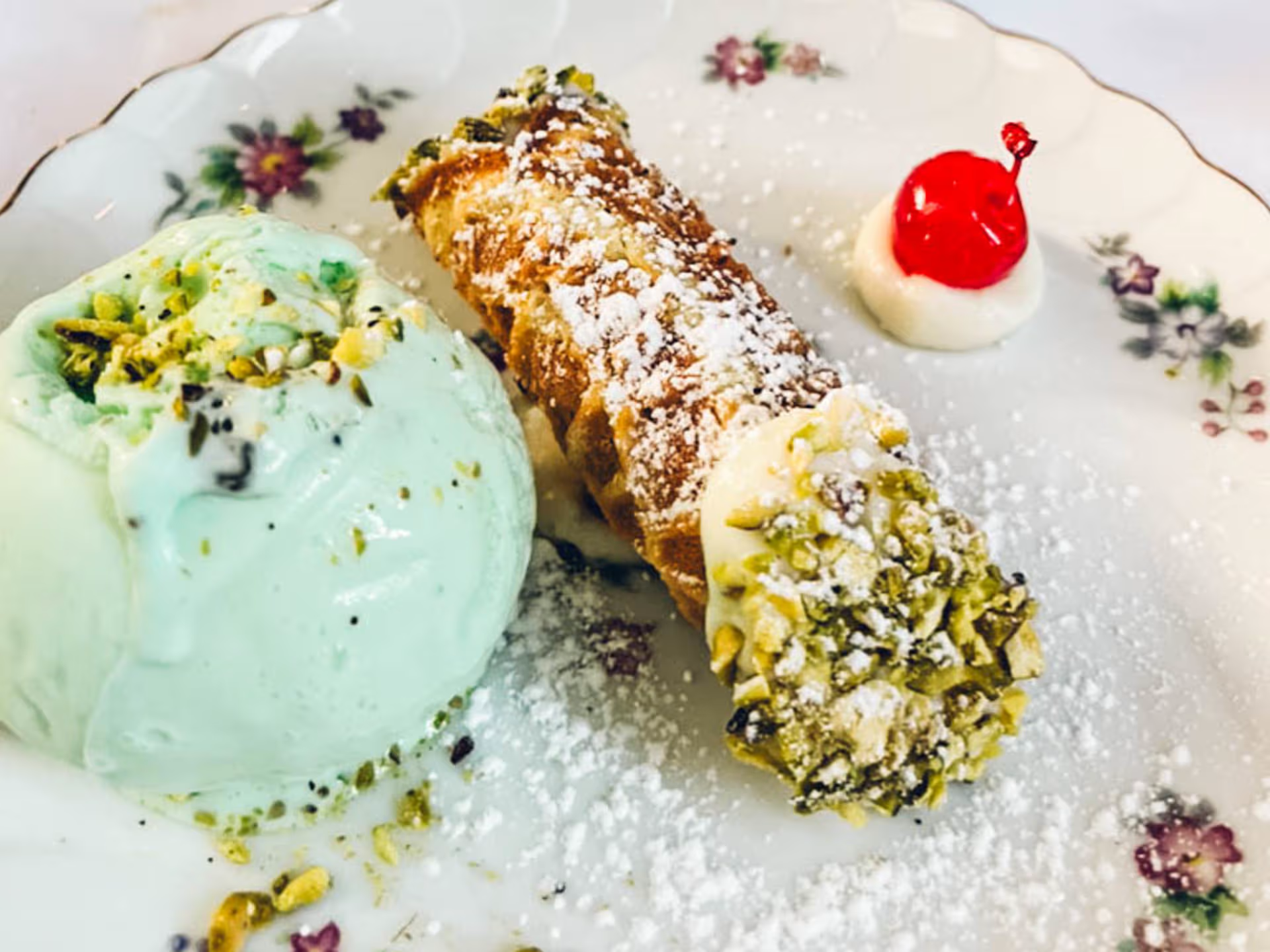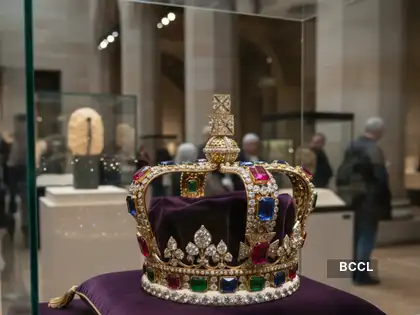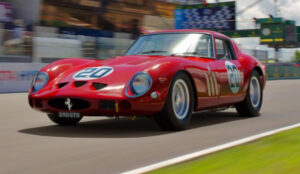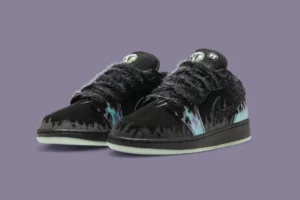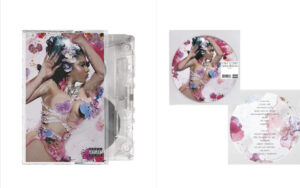When Louis Vuitton and Takashi Murakami reunite, the result is never merely a connection—it’s a cultural event. The seventh chapter of the Artycapucines series, unveiled during Art Basel Paris 2025, marks a vivid return to the dialogue between art and prosperousness that reshaped fashion two decades ago. This new edition, titled Artycapucines VII, transforms the Capucines bag into a kaleidoscopic field of Murakami’s imagination—part sculpture, part collectible, part joyful provocation.
the heritage of the capucines bag
The Capucines bag carries a long story within Louis Vuitton’s lineage. Named after Rue Neuve-des-Capucines, the Paris street where Louis Vuitton opened its first boutique in 1854, it represents the maison’s modern classic—precise lines, architectural poise, and a level of craft that balances contemporary clarity with heritage restraint. Since its debut under Nicolas Ghesquière, the Capucines has become the brand’s quiet emblem, an object that conveys prestige without ostentation. Its simplicity and elegance, with that fold-over flap revealing the discreet LV initials, make it the perfect canvas for artistic transformation.
This is why the Capucines was chosen in 2019 for the Artycapucines initiative—a series inviting artists to re-imagine the silhouette as both object and artwork. Each edition pairs Vuitton’s artisans with a leading contemporary creator. With the seventh iteration, the choice of Murakami feels inevitable.
from monogram to superflat
Murakami’s relationship with Louis Vuitton is foundational to the brand’s modern visual identity. When Marc Jacobs invited him to reinterpret the Monogram canvas in 2002, the resulting Monogram Multicolore became a global phenomenon. It broke the boundaries between fine art and mass culture, injecting humor, anime-style brightness, and irreverence into the centuries-old codes of luxury. Murakami’s aesthetic of “Superflat”—a theory blurring high and low art, abstraction and consumerism—became inseparable from Vuitton’s early-2000s visual lexicon.
Two decades later, Artycapucines VII is a mature sequel, not a nostalgic reprise. For Art Basel Paris, Murakami conceived an installation that extended far beyond handbags. Inside the Grand Palais, a surreal landscape of tentacles, colorful flora, and floating sculptures enveloped visitors. Each Capucines design appeared not as a product on display but as a living specimen, part of a larger organism that merged Murakami’s pop universe with Vuitton’s precise material culture.
View this post on Instagram
unveiling at art basel paris
The environment of the unveiling recalled Murakami’s immersive museum installations—half dream, half laboratory—where smiling flowers and cartoonish eyes pulse with unexpected gravity. Within this environment, eleven unique bags formed the heart of the collection. Each piece distills Murakami’s universe into a specific sculptural experiment.
The Capusplit BB contrasts a vivid blue crocodile exterior with an interior lined in the legendary Multicolore Monogram, a gesture both playful and decadent, suggesting that even the hidden layers of a luxury object can hold art. The Golden Garden version recalls Edo-period painting traditions, with delicate floral motifs interpreted in leather marquetry, a homage to both Japanese art history and the atelier’s craft. A new East-West silhouette, the Drago, unfolds like a portable scroll, its elongated form showcasing Murakami’s “Dragon in Clouds Indigo Blue,” a motif steeped in Japanese mythology yet rendered with modern precision.
Other versions embrace a more sculptural exuberance. The Mini Mushroom transforms the Capucines into a fantastical forest, covered with hundreds of hand-painted resin mushrooms that glisten like dew-drops. The Tentacle piece revisits Murakami’s DOBtopus sculpture, its writhing appendages wrapping playfully around the bag’s frame, giving the illusion of movement. The Capubloom dissolves the very idea of a handbag into a sphere of Murakami’s smiling flowers—colorful, repetitive, hypnotic—each petal a microcosm of joy and excess. Meanwhile, the Rainbow EW reinterprets his flower motif in mink fur, emphasizing tactile luxury rather than print. Even his panda character returns, materialized as a jewel-like clutch sparkling with Swarovski crystals, at once cute and subversive.
craftsmanship and technical invention
What binds these variations is a commitment to pushing the limits of Vuitton’s craftsmanship. Each bag demands new methods of fabrication—3-D printing, resin casting, exotic leather inlays, complex embroidery, and multi-material assembly. Murakami’s imagination required the atelier to work more like a sculpture studio than a leather workshop. The fusion of digital design with traditional craft encapsulates the future of luxury: technology serving emotion, precision meeting play.
The artisans at Vuitton’s workshops in Asnières translated Murakami’s digital concepts into tangible form, maintaining structural integrity while honoring the artist’s unruly color palette and pop sensibility. These collaborations stretch the boundaries of what can be achieved with leather, metal, and resin, transforming craftsmanship into an act of innovation.
from pop haute to collectible art
In this edition, Murakami reframes his relationship with Vuitton through a different lens. In the early 2000s, his art was absorbed by fashion’s machinery of desire; the bags were sold in millions, defining a pop-luxury moment. In 2025, the equation is reversed. Rather than mass production, each Capucines is an editioned artwork—numbered, limited, destined for collectors who understand both fashion and contemporary art.
The shift reflects a broader cultural turn: luxury as gallery, handbag as installation, product as performance. Seen within the wider arc of the Artycapucines project, Murakami’s chapter also reaffirms Vuitton’s role as a mediator between art and commerce. It celebrates the enduring dialogue between Eastern visual languages and Western craftsmanship, between playfulness and discipline.
the meaning of surface and depth
Conceptually, Artycapucines VII explores the idea of surface as depth. Murakami’s “Superflat” philosophy—reducing perspective to a single plane, where all hierarchies collapse—finds new resonance here. The Capucines, with its architectural structure, becomes a three-dimensional stage for flatness. On its skin, Murakami’s motifs float, shimmer, and refract; yet within, layers of leather, lining, and form sustain the bag’s structural purity.
The effect is paradoxical: a balance of ornamental excess and monastic craft, of chaos and control. The project reminds viewers that in contemporary luxury, the surface—once dismissed as superficial—is where philosophy and craft now converge.
exhibition
The choice to debut the collection during Art Basel Paris is strategic and symbolic. The fair represents the pinnacle of contemporary art commerce, and Louis Vuitton’s presence there signals its continued ambition to exist beyond fashion seasons. The maison positions itself as a cultural patron as much as a purveyor of luxury. By blurring the boundary between art fair installation and brand showcase, Vuitton underscores how deeply intertwined these economies have become.
Murakami himself has reflected on this intersection, noting that fashion’s imagination has grown increasingly conceptual while art has absorbed fashion’s theatricality. The Artycapucines project becomes a reciprocal experiment: art learns from fashion’s rhythm, and fashion adopts art’s critical depth.
the art of rarity
The collaboration’s deeper resonance lies in its meditation on collectibility. In an age of hyper-visibility and instant trend cycles, Vuitton and Murakami propose rarity not as elitism but as reverence. To own one of these pieces is to participate in a story that connects atelier craftsmanship to global art discourse. It is a dialogue between brand heritage and personal possession, between materiality and meaning.
Each bag exists as a modern reliquary—of technique, of imagination, of time. It is luxury redefined through intimacy, patience, and narrative.
evolve
For Vuitton, Artycapucines VII confirms that the maison’s heritage remains fertile ground for reinvention. The Capucines bag—structured, rational, timeless—serves as a vessel for continuous reinterpretation. Each artistic edition expands its mythology, transforming it from product line to cultural archive. For Murakami, it represents a reflective return, proof that his visual language still vibrates with contemporary power.
The installation’s reception at Art Basel Paris underscored its significance. Critics described it as one of the fair’s most photographed exhibitions, balancing humor with precision, spectacle with intimacy. Murakami’s floral suit at the vernissage mirrored the collection’s palette, sealing the dialogue between creator and creation.
flow
In reflecting on Artycapucines VII, it becomes clear that this collaboration is less about revival than evolution. The partnership between Louis Vuitton and Takashi Murakami has matured, like a conversation returning after a long silence—familiar, yet reframed by time. What began as a conjured invasion of pop imagery into the world of luxury has now become a meditation on artistry itself.
The Capucines bag, born from the heritage of travel and craftsmanship, becomes a symbol of creative exchange. It embodies the synthesis of art and commerce, precision and play, the handmade and the hyperreal. In an age when every object seeks meaning, Artycapucines VII offers one that feels genuine.
Louis Vuitton reaffirms that its strength lies not in nostalgia but in curiosity. By entrusting its most refined form to Murakami’s unrestrained imagination, the maison renews its identity as both cultural institution and creative laboratory. Each bag stands as an affirmation that luxury’s truest expression is not possession, but vision.
No comments yet.

